Home>Gardening & Outdoor>Outdoor Structures>How Far Does Shed Have To Be From Property Line
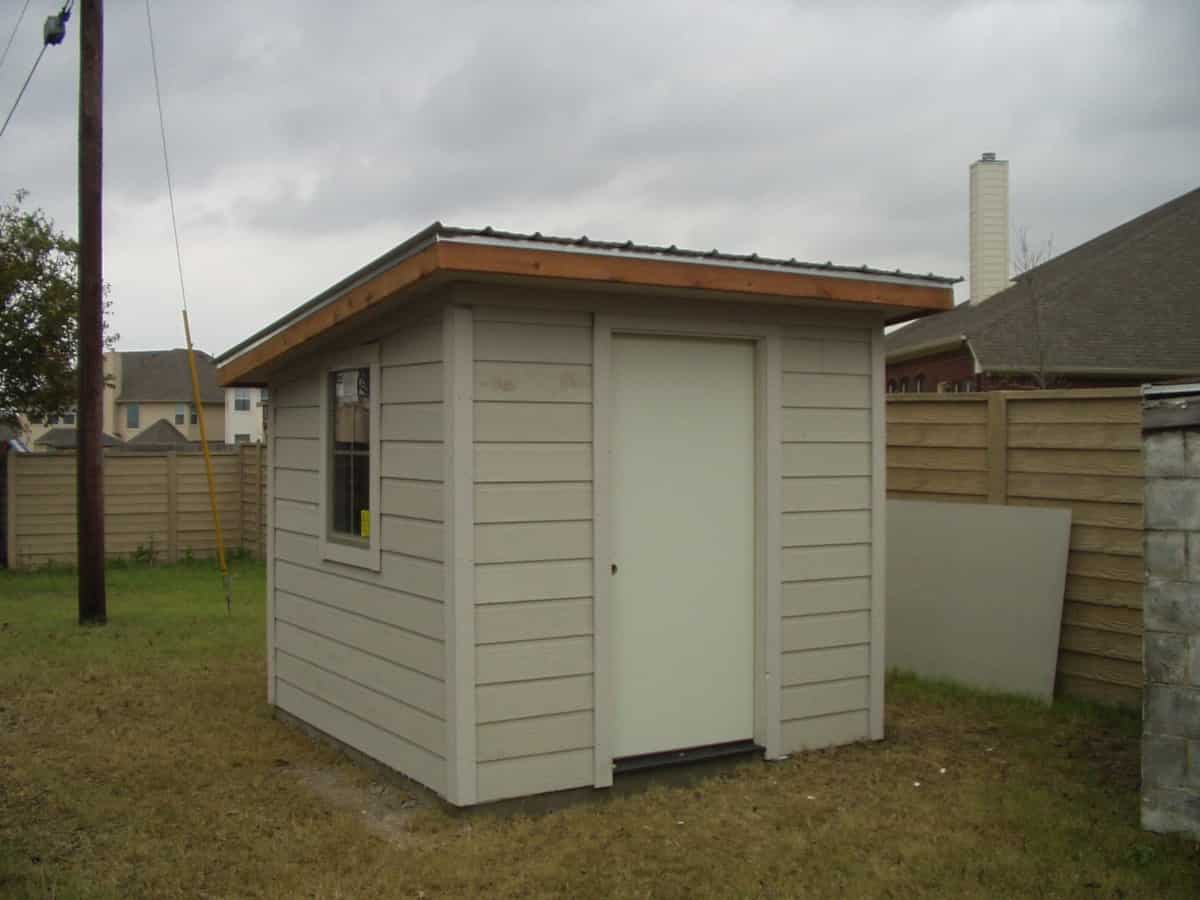

Outdoor Structures
How Far Does Shed Have To Be From Property Line
Modified: January 24, 2024
Discover the regulations for the distance outdoor structures, such as sheds, need to be from your property line. Ensure compliance and avoid potential issues.
(Many of the links in this article redirect to a specific reviewed product. Your purchase of these products through affiliate links helps to generate commission for Storables.com, at no extra cost. Learn more)
Introduction
Imagine having the perfect spot in your yard for a new shed. You can already envision the extra storage space and the potential for creating a cozy workshop or a peaceful retreat. However, before you rush into the exciting project of building a shed, it's crucial to understand the regulations and requirements regarding its placement. One of the most common questions that arise during this process is, "How far does a shed have to be from the property line?"
In this comprehensive guide, we'll delve into the various factors that dictate the distance a shed must maintain from the property line. Understanding local zoning regulations, building codes, setback requirements, and easements is essential for ensuring a smooth and compliant shed installation process. By the end of this article, you'll have a clear understanding of the considerations involved in determining the distance a shed must be from the property line, empowering you to embark on your shed project with confidence.
Let's begin by exploring the intricacies of local zoning regulations and their impact on shed placement.
Key Takeaways:
- Understanding local zoning regulations, building codes, setback requirements, and easements is crucial for determining the distance a shed must maintain from the property line. It ensures a smooth and compliant shed installation process.
- By integrating insights into shed planning, you can embark on the project with clarity, confidence, and a commitment to compliance. This empowers you to create a valuable and harmonious addition to your property.
Local Zoning Regulations
Local zoning regulations play a pivotal role in determining the permissible placement of sheds on residential properties. These regulations are established by local governments to manage land use and ensure that structures adhere to specific guidelines. When it comes to sheds, zoning regulations typically outline the allowable size, height, and location of these structures.
Before embarking on a shed project, it’s imperative to consult the zoning regulations specific to your area. These regulations often dictate the distance a shed must maintain from the property line. Additionally, they may specify whether sheds are permitted in certain zones, such as residential, agricultural, or mixed-use areas.
Furthermore, zoning regulations may address aesthetic considerations, ensuring that sheds complement the overall character of the neighborhood. For instance, regulations might stipulate that sheds should harmonize with the architectural style of the primary dwelling or that they should not obstruct sightlines or create visual clutter.
Understanding and adhering to local zoning regulations is crucial for avoiding potential conflicts and ensuring compliance with the law. By familiarizing yourself with these regulations, you can make informed decisions regarding the placement and design of your shed, paving the way for a seamless and legally sound construction process.
Building Codes
Building codes are a set of standards and regulations that govern the construction, renovation, and maintenance of buildings and structures. These codes are designed to promote safety, structural integrity, and environmental responsibility. When it comes to sheds, building codes encompass various aspects, including foundation requirements, structural stability, and electrical considerations.
While building codes primarily focus on the structural and safety aspects of sheds, they also address placement-related considerations. For example, building codes may stipulate the minimum distance that a shed must maintain from the property line to mitigate fire hazards, allow for adequate ventilation, and prevent encroachment on neighboring properties.
It’s important to note that building codes can vary from one jurisdiction to another, and they are typically enforced by local building departments or authorities. Before proceeding with a shed project, it’s advisable to familiarize yourself with the specific building codes applicable to your location. This may involve obtaining the relevant building code documents or consulting with local building officials to gain insights into the requirements that pertain to shed placement.
By aligning your shed project with the applicable building codes, you can ensure that the structure is constructed in a manner that prioritizes safety, durability, and compliance with regulatory standards. Adhering to building codes not only fosters a secure and resilient shed but also contributes to the overall well-being of your property and its surroundings.
Check your local zoning regulations for specific requirements, but generally, a shed should be at least 5-10 feet from the property line to comply with most codes. Always verify with your local authorities before building.
Setback Requirements
Setback requirements refer to the minimum distance that structures, including sheds, must maintain from property lines, easements, and other designated areas. These requirements are established to promote safety, privacy, and the harmonious integration of buildings within their respective environments.
When it comes to sheds, setback requirements are a crucial consideration that directly impacts the permissible placement of these structures on a property. The specific setback distances can vary based on factors such as the property’s zoning classification, the size of the shed, and the unique regulations of the local jurisdiction.
Understanding setback requirements is essential for determining the suitable location for a shed and ensuring compliance with regulatory standards. Failure to adhere to these requirements can result in legal complications, construction delays, or the need for costly modifications to bring the shed into compliance.
While setback requirements may seem restrictive, they serve important purposes. By maintaining specified distances from property lines, sheds can help prevent fire hazards, minimize the risk of encroachment disputes with neighbors, and contribute to a visually cohesive and unobtrusive neighborhood landscape.
Before initiating a shed project, it’s advisable to thoroughly research the setback requirements applicable to your property. This may involve reviewing official zoning documents, consulting with local planning or building departments, or seeking guidance from professionals with expertise in property development and construction.
By proactively addressing setback requirements and integrating them into your shed planning process, you can embark on the project with clarity and confidence, knowing that the structure will be positioned in accordance with the established guidelines, thereby fostering a harmonious and compliant addition to your property.
Easements
Easements are legal rights that grant specific individuals or entities the use of, or access to, portions of a property owned by others. These rights are typically documented and may pertain to various aspects, such as utility access, shared driveways, or pedestrian pathways. When considering the placement of a shed, it’s essential to be mindful of any existing easements on the property, as they can significantly influence where the shed can be located.
Depending on the nature of the easements, they may restrict or prohibit the construction of structures, including sheds, within certain areas of the property. For example, an easement related to underground utilities may necessitate maintaining a clear and unobstructed space above the designated utility lines, thereby impacting potential shed locations.
Understanding the presence and implications of easements is crucial for ensuring that the placement of a shed complies with legal requirements and respects the rights of parties holding easement privileges. Failure to consider easements can lead to disputes, legal entanglements, or the need to relocate or remove the shed, resulting in avoidable inconvenience and expense.
Prior to commencing a shed project, it’s advisable to conduct a thorough review of the property’s easement documentation. This may involve obtaining records from the local land records office, consulting with legal professionals specializing in real estate matters, or engaging with surveyors to accurately map out the areas affected by easements.
By proactively addressing easements and integrating them into the planning and placement of the shed, you can navigate the process with foresight and adherence to legal considerations, ensuring that the structure is situated in a manner that respects the rights of all parties involved and aligns with the established legal framework.
Conclusion
Embarking on a shed project is an exciting endeavor that can enhance the functionality and appeal of your property. However, it’s essential to navigate the process with a thorough understanding of the regulations and considerations that dictate the placement of sheds, particularly in relation to property lines.
Local zoning regulations, which govern land use and building aesthetics, provide crucial guidelines for the placement and design of sheds. By familiarizing yourself with these regulations, you can ensure that your shed project aligns with the established standards and contributes to the cohesive visual character of your neighborhood.
Building codes, encompassing safety and structural requirements, play a pivotal role in determining the permissible placement of sheds. Adhering to these codes not only fosters a secure and resilient shed but also contributes to the overall safety and well-being of your property and its surroundings.
Setback requirements, which dictate the minimum distances between sheds and property lines, are instrumental in promoting safety, privacy, and neighborhood harmony. Understanding and adhering to these requirements is essential for positioning your shed compliantly and responsibly within your property.
Easements, as legal rights affecting property use and access, can significantly influence the placement of sheds. By considering and respecting existing easements, you can ensure that the construction and placement of your shed align with legal requirements and respect the rights of all parties involved.
By integrating these insights into your shed planning process, you can embark on the project with clarity, confidence, and a commitment to compliance. Navigating the regulations and considerations surrounding shed placement empowers you to create a valuable and harmonious addition to your property, enhancing its functionality and aesthetic appeal while respecting the legal framework that governs property development.
With a comprehensive understanding of local regulations, building codes, setback requirements, and easements, you are well-equipped to embark on your shed project, knowing that the structure will be positioned in a manner that prioritizes safety, compliance, and neighborhood harmony.
Frequently Asked Questions about How Far Does Shed Have To Be From Property Line
Was this page helpful?
At Storables.com, we guarantee accurate and reliable information. Our content, validated by Expert Board Contributors, is crafted following stringent Editorial Policies. We're committed to providing you with well-researched, expert-backed insights for all your informational needs.
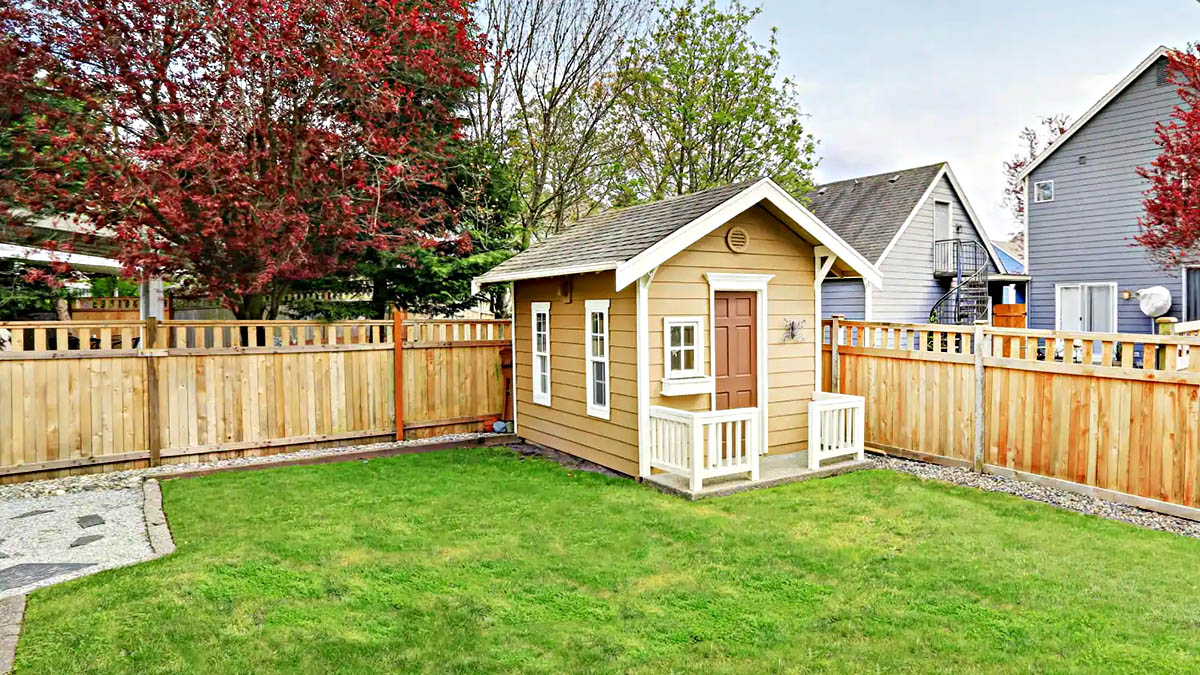


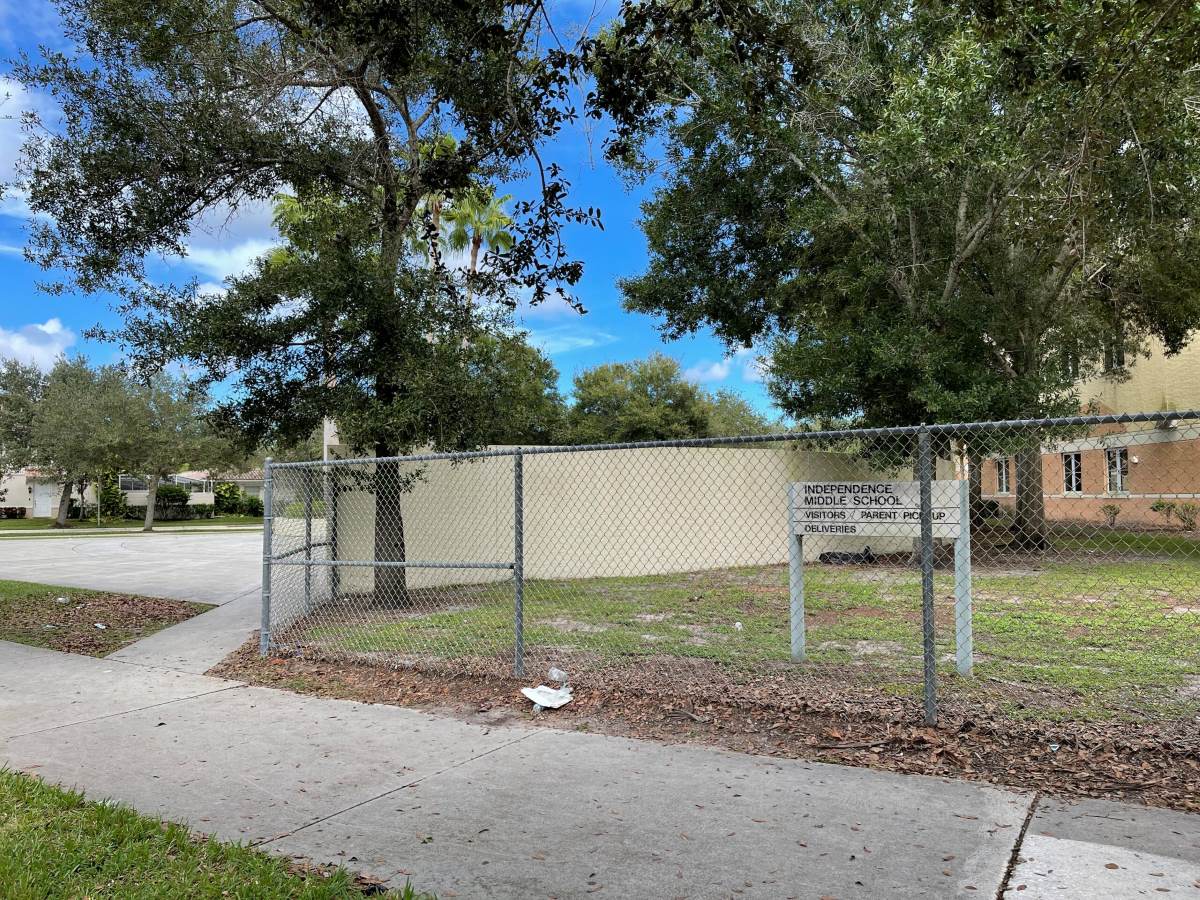
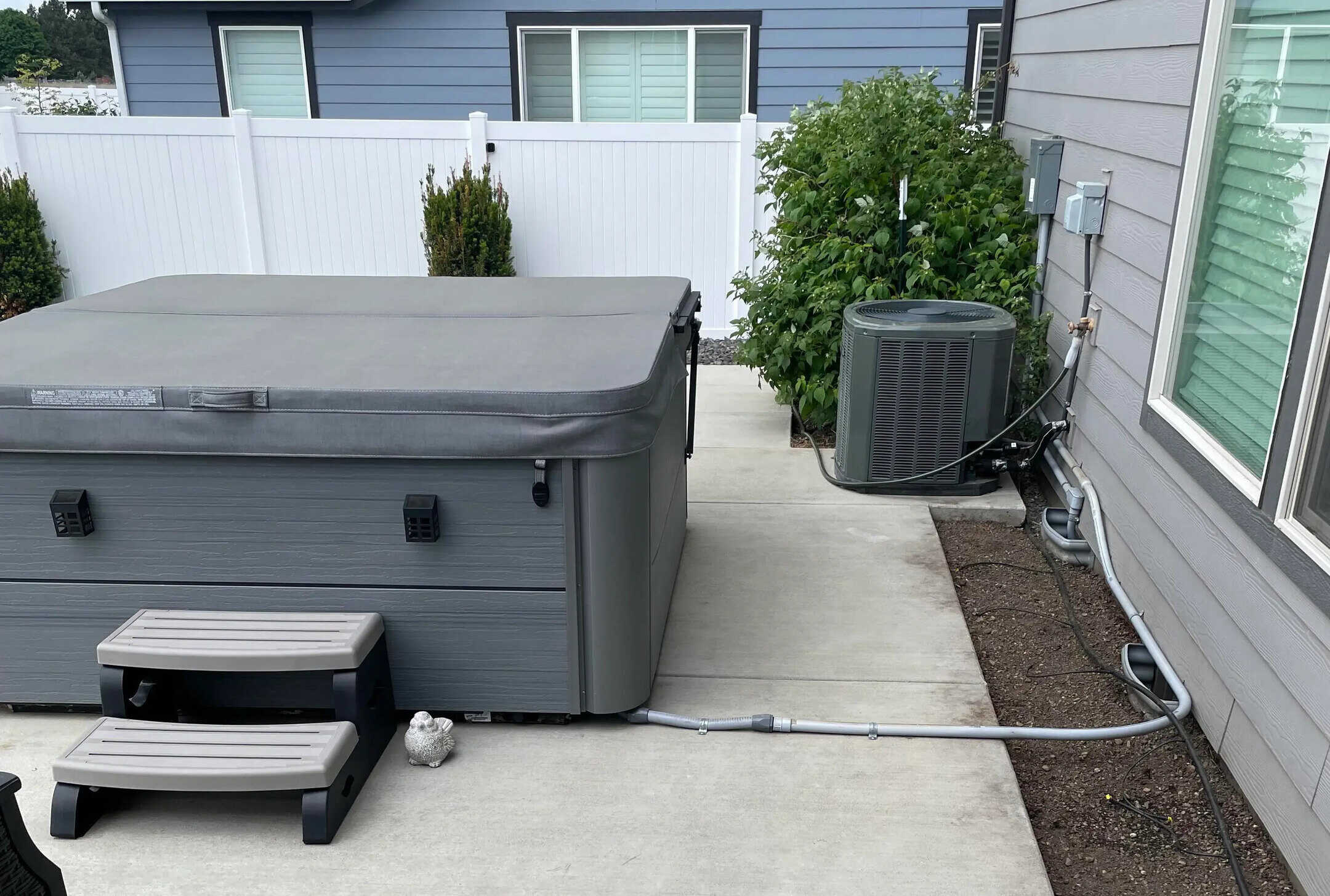
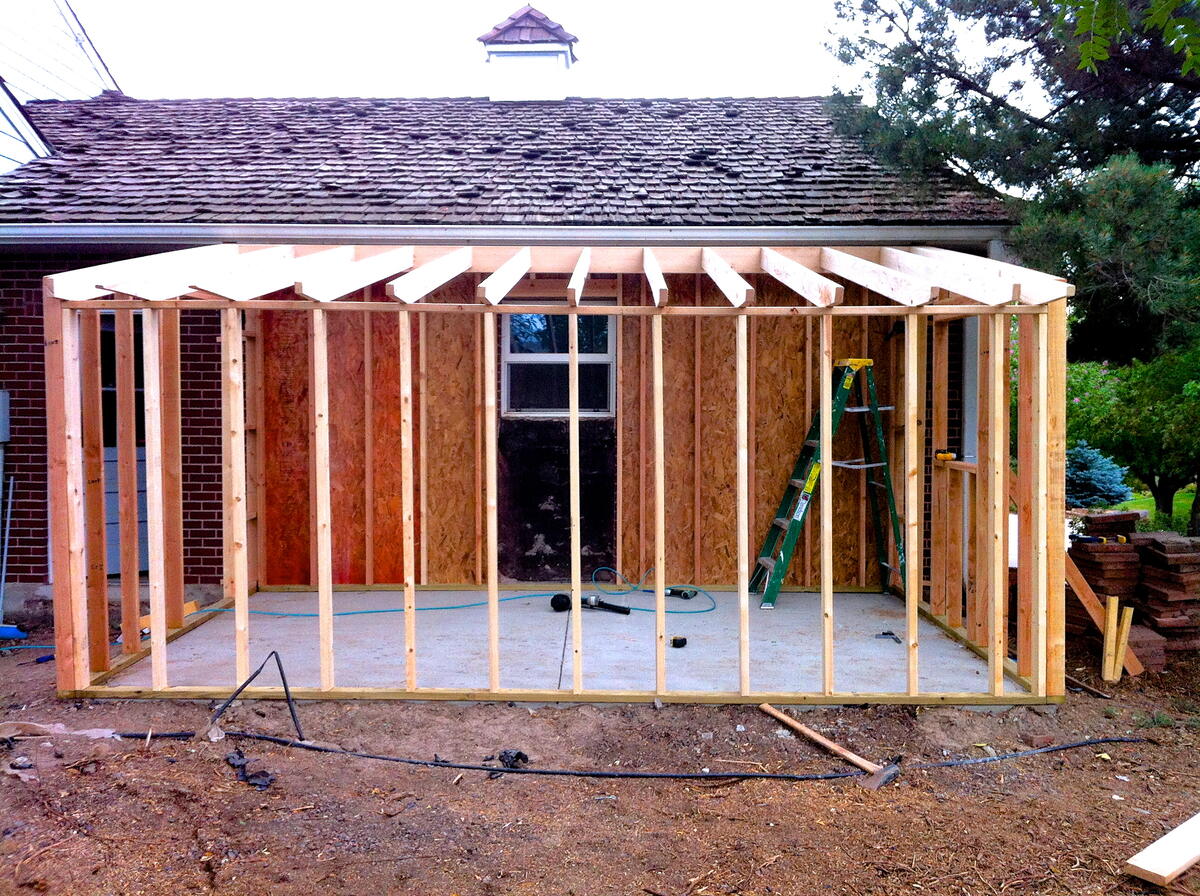
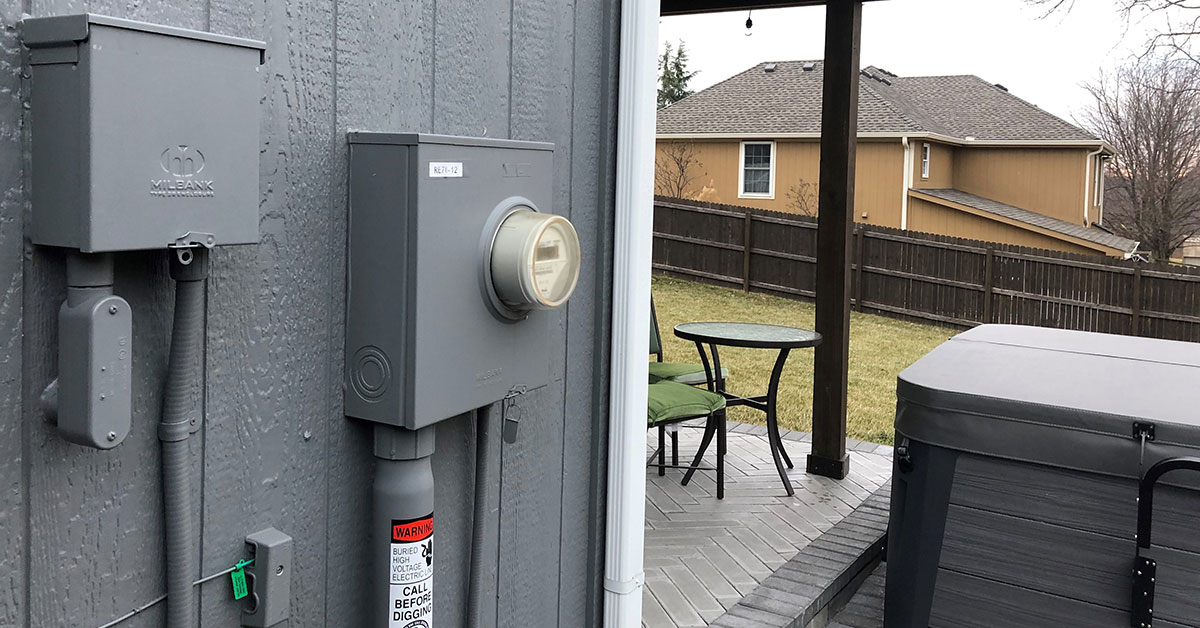
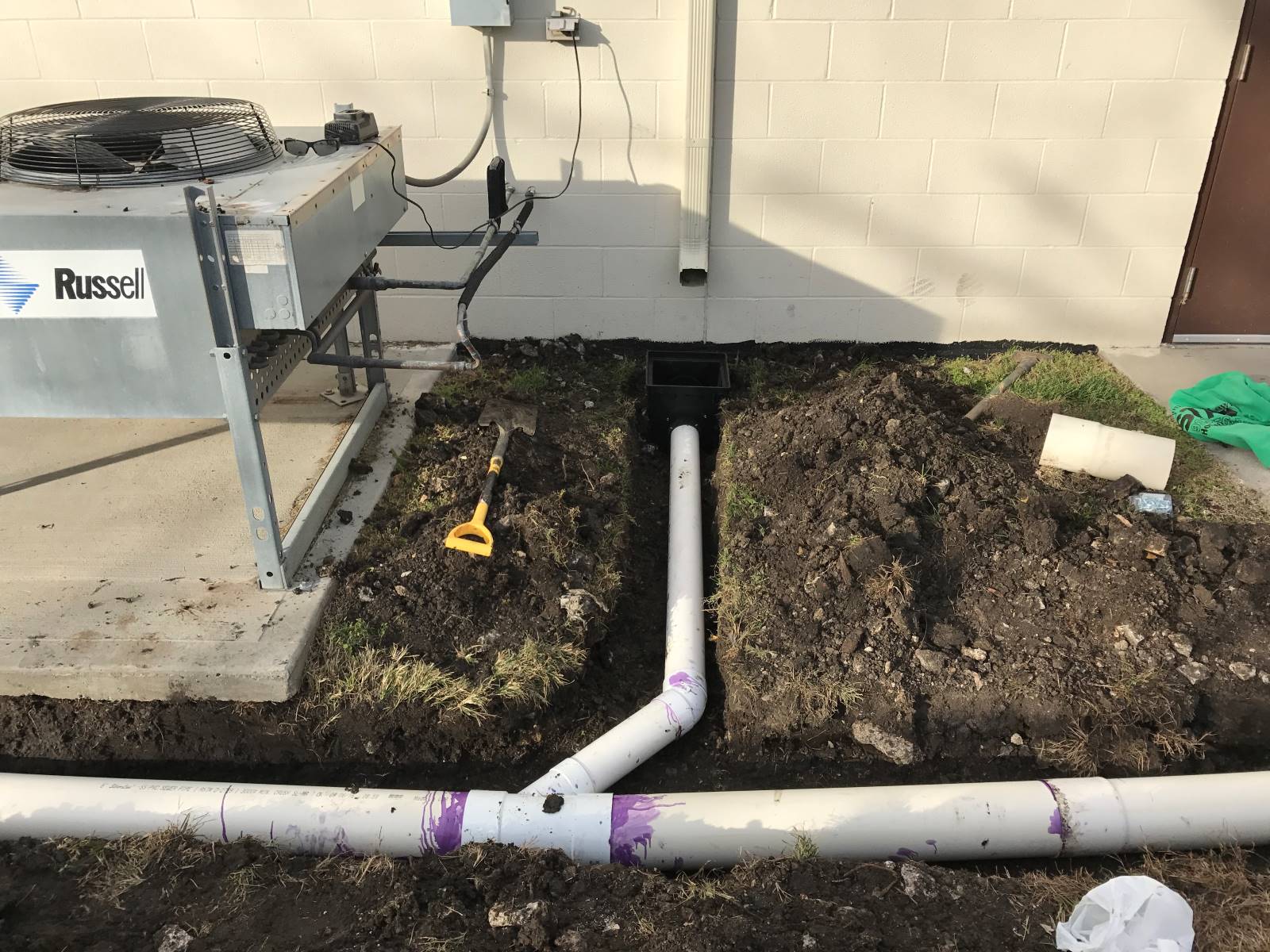
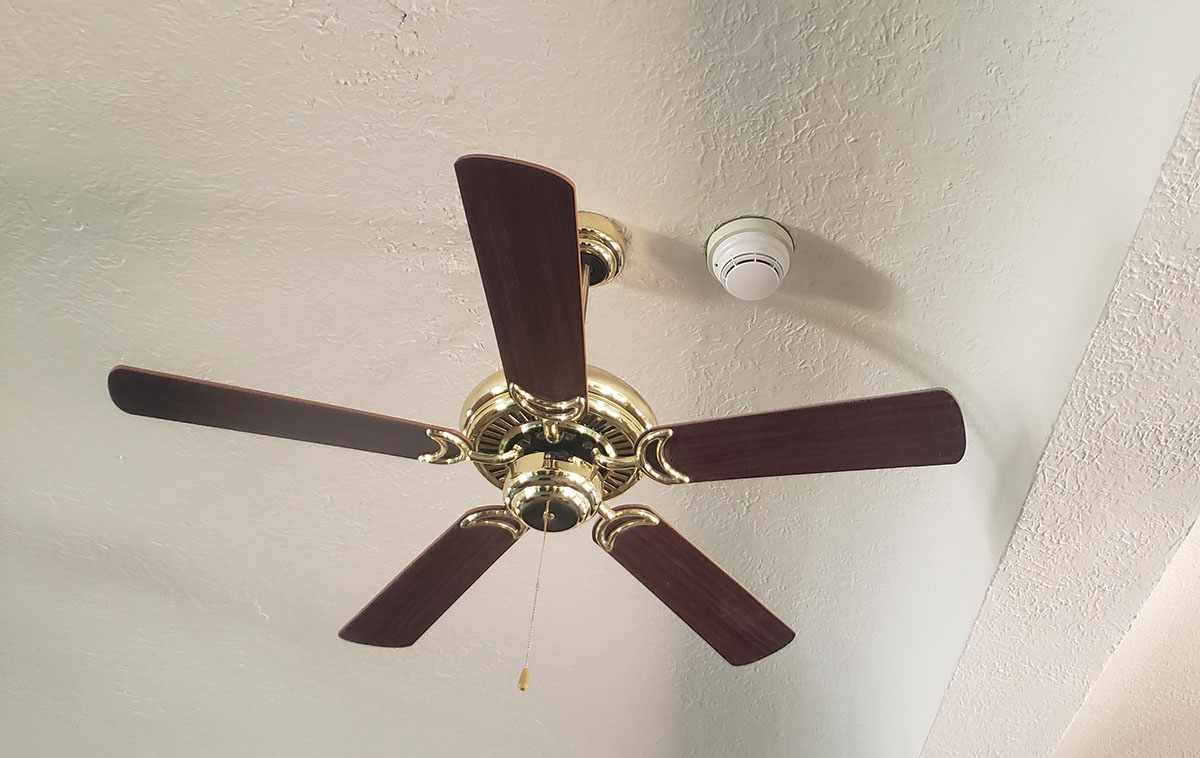

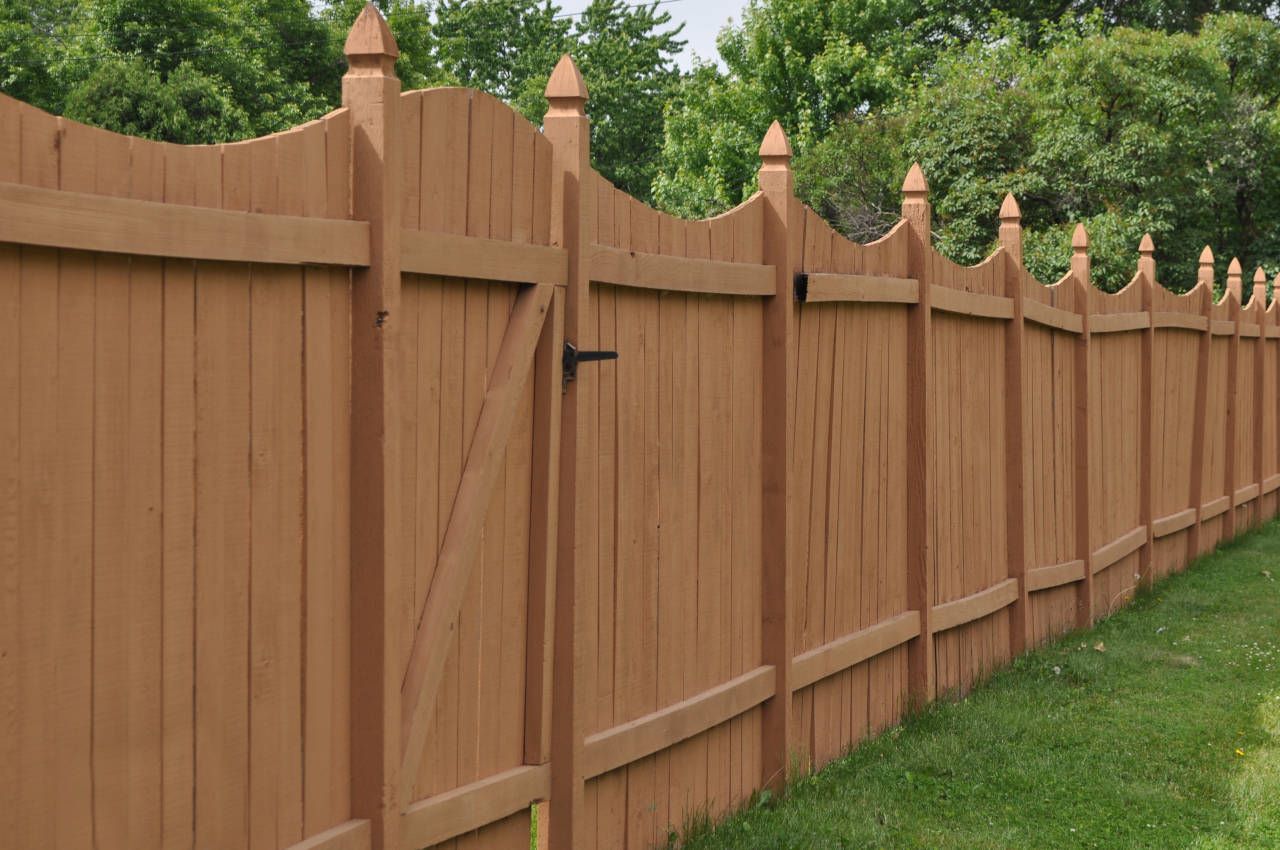
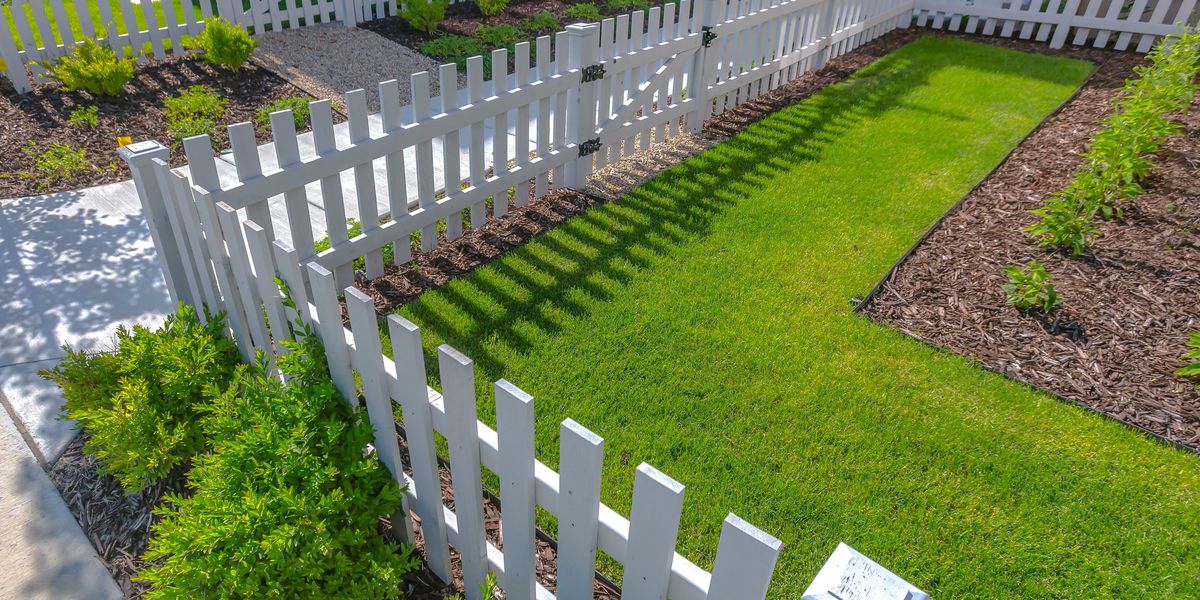



0 thoughts on “How Far Does Shed Have To Be From Property Line”